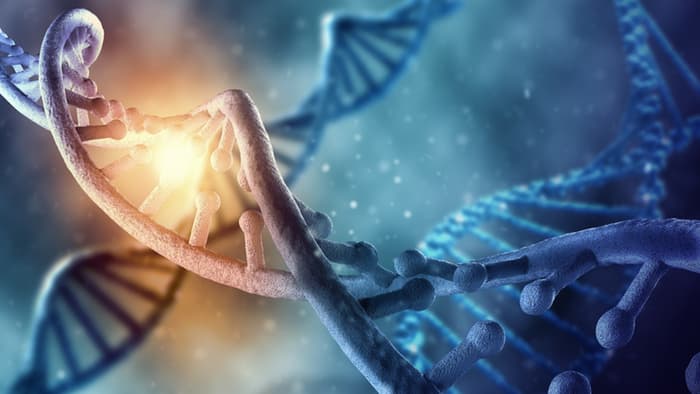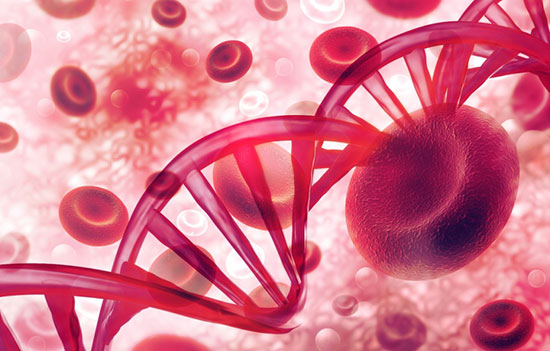_ Department 🔬 laboratory (propagation and expansion of nanochips)
Nanochips or gene and protein microarrays containing markers against the entire human genome to investigate genetic changes
Researcher and author: Dr. ( Afshin Rashid)
Note: Multiplication and expansion of nanochips is a more specialized function of nanochips or gene and protein microarrays containing markers against the entire human genome to investigate genetic changes.
Gene and protein microarrays in very small sizes with the capability of molecular detection based on DNA sequence and human proteins and other pathogenic agents that are used for research purposes.
The structure and reproduction of Lab on a chip nanochips by combining molecular technologies, microelectronics,
With the proliferation of nanochips and Lab on a chip micro-elements, medical diagnostic laboratories are able to examine and measure hundreds of biological substances, from counting blood cells to the detailed examination of blood factors and other body fluids and tissues, clinical pathology laboratories, etc. Imaging systems such as radiology, ultrasound, endoscopy, CT scan, MRI and other specialized diagnostic methods have been developed to investigate various diseases such as angiography, echocardiography, heart and liver and other organs. With the development of human knowledge in the fields of cellular and molecular sciences, genetics and the identification of genes that cause various diseases, determining the sequence of the genome of pathogenic agents, examining and comparing them and creating genomic databases, developing molecular diagnosis methods, specialized laboratories of this method. They are used for the accurate diagnosis of infectious pathogens, some genetic disorders and even in some cases for prenatal diagnosis and the possibility of the fetus suffering from severe hereditary diseases and determining the gender of the fetus.
(microarray technology) technology Microarray gene and protein arrays, although a few years have passed since the identification of the structure and determination of the complete sequence of the human genome and it has been determined that the human genome consists of 3 billion new nucleotides and about 30 thousand genes, but a major change in Solving hereditary diseases and discovering the causes of various human diseases have not been done due to the complexities in human genetic structure and various factors affecting it. Because previously it was believed that one gene is responsible for an activity and experts used to investigate the structure and function of each gene and protein separately, but now it has been determined that several genes are involved in some disorders and some of the processes in A disease or cellular and tissue damage play a role. The result was that a method must be devised to simultaneously examine the sequence, diversity, genetic difference, structure and activity of dozens, hundreds and thousands of protein genes at the same time . By combining molecular technologies, microelectronics, robotics, nanotechnology, polymer chemistry and molecular connections, it became possible to use hundreds and thousands of specific markers (probes) of different genes and proteins in very small amounts (nanoliters) using very needles. It is connected in regular rows (array) on the surface of a microscopic glass slide. In this way, by adding healthy and diseased Protein-RNA-DNA samples, it is possible to investigate genetic changes in different genes and proteins.
Conclusion :
Multiplication and expansion of nanochips is the more specialized function of nanochips or gene and protein microarrays containing markers against the entire human genome to investigate genetic changes.
Researcher and author: Dr. ( Afshin Rashid)
Specialized doctorate in nano-microelectronics





